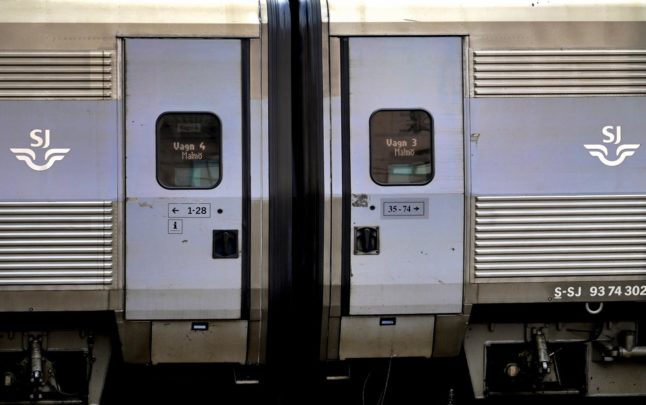The basics
The three main cities of Stockholm, Gothenburg and Malmö are all well-served by rail, allowing you to explore your local region as well as venturing further afield, even beyond the Arctic Circle.
If you’re looking for a staycation, each region has its own train company with routes to take you to the suburbs and neighbouring towns, such as Storstockholms Lokaltrafik (SL) in the Stockholm area and Skånetrafiken in Skåne. See how far your travel card will take you and take a day trip to a new spot. For example, from Stockholm you can travel south to Nynäshamn by commuter train, and outside the summer season your pass can be used on archipelago ferry routes.
For long distance travel, there are several companies you can travel with for journeys across the entire country, and even into Denmark, Norway and Germany.
SJ (Sveriges Järnväg or Sweden’s Railway) has more than 1,200 departures each day, covering most of the country, and is the dominant rail travel provider. It offers regional and intercity trains, as well as high-speed trains (snabbtåg) which travel up to 200 km/h, so you can get to small towns, big cities, and even connect to international hubs including Oslo and Copenhagen.
Night trains are available from SJ too. From either Gothenburg or Stockholm, you can travel to Östersund, Åre, Duved, Boden, Luleå, Kiruna, Abisko, Björkliden, Riksgränsen, and Narvik, and there’s also an overnight service between Stockholm and Malmö. For these, reservations are compulsory, with the options including seats, 6-bed couchettes, and single or three-bed sleeper carriages.
An alternative choice for overnight trains north from Gothenburg and Stockholm is Vy, which offers routes to Boden, Kiruna, Luleå and Narvik day and night, and also runs the lines north of Härnösand. Find timetables here.
The Inlandsbanan, originally built as a freight route, is now a tourist train offering slow travel options and package tours from Kristinehamn in the south of Sweden up to Gällivare in the north beyond the Arctic Circle.
Snälltåget takes passengers from Stockholm to Malmö throughout the year. In winter and autumn there’s the additional option of an overnight service from Malmö to Åre and Vemdalen, two northern ski resorts, and in the summer, you can get the night train to Berlin.
SJ and most regional train services accept Interrail, Eurail, and Sweden Rail Pass tickets. If you want to see a lot of different places, these can be great value – especially if booking each leg of the journey in advance isn’t an option.
For example, the Eurail Scandinavia Pass will get you around Sweden as well as Denmark, Norway, and Finland, though there’s a small supplement for certain trains. Remember that any seat reservations would be an additional cost too.
Booking tips
If you’re a pensioner, full-time student, or aged under 26, you’ll usually get a discount, and there are reductions for families and young children too. When booking with SJ, be aware that rail fares vary according to the time and popularity of the journey, and the best time to book is usually around 90 days in advance, when you might score 70 percent off the full price. Don’t forget to check for any special seasonal offers!
Swedish trains are typically very modern, with comfortable seats and WiFi. On a long-distance train, you’ll usually have a choice of first or second class, with various options for food and drink from the bistro. There’s usually a quiet carriage for those with work to do or sleep to catch up on as well as a carriage specifically for passengers with pets.



 Please whitelist us to continue reading.
Please whitelist us to continue reading.
Member comments